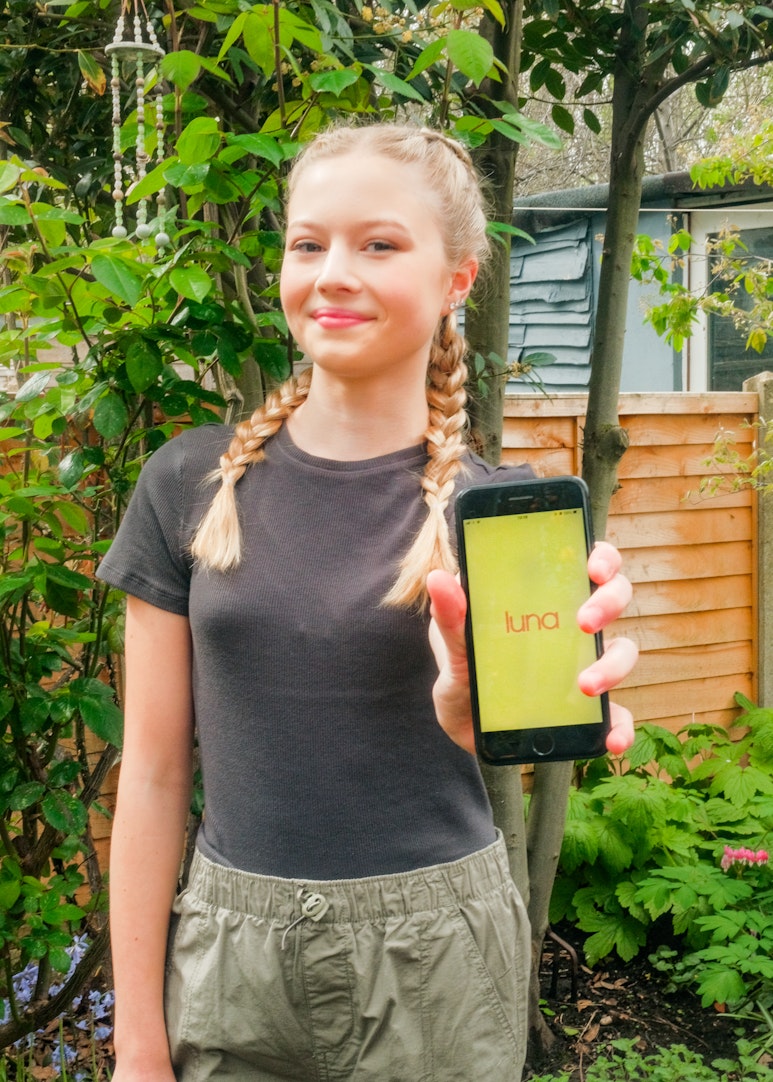
What's sharenting and is it safe?
Protecting your child’s privacy online

Quick summary
- Sharenting means sharing photos, videos, or stories about a child online and it can be a way to celebrate milestones or stay connected
- Experts are starting to raise concerns about privacy, consent, and the long-term impact of building a digital footprint for a child
- It can help to either check with your child (if they’re old enough to understand) how they feel about it, or at least pause before posting to consider how private the account is

What is sharenting?
Sharenting is when a parent posts photos, videos, or personal stories about their child online.
This could be anything from a back-to-school snap, to a funny quote, to a family holiday video.
It usually happens on social media, but it can also include blogs, parenting forums, or even public group chats.
It’s something many parents do naturally, often with love and pride.
But in recent years, there’s been a shift in how this kind of sharing is viewed, particularly in terms of how it might affect a child's relationship with privacy and their online profile later in life.
Why is sharenting so common?
For many parents, it's about connection.
Posting online can help celebrate milestones, stay in touch with extended family, or seek support during the more challenging moments of raising a child.
There’s nothing inherently wrong with that, but as children grow into teenagers, they often become more aware of how they’re represented online, and more sensitive to it.
Some posts may stay on the internet for years, far outlasting the moment or the feeling that was captured.
Is sharenting safe?
Sharenting isn’t automatically unsafe, but without a pause to reflect, it can carry unintended risks.
Here are a few concerns raised by experts:
- Loss of privacy and security risks: even casual posts can include personal details like names, schools (which may even be identifiable by a school uniform), or locations
- Digital footprint: a child may inherit a long online history they didn’t ask for or agree to
- Embarrassment or discomfort: what feels sweet to an adult might feel awkward or violating to a teen later
- Misuse of content: unfortunately, there are instances where images of children have been taken out of context or misused
In a 2024 study, researchers found that 68% of parents frequently share their child’s image online, often without fully understanding the risks.
Paediatricians in the same report emphasised the importance of raising awareness and equipping families with tools to safeguard children's privacy.
What do teens think about sharenting?
A study of over 800 adolescents found that most teens disapproved of sharenting, especially when it felt like it was done to show off or maintain appearances on social media.
Many described it as “embarrassing” or “pointless.”
However, when teens believed a post was shared to preserve a memory or update close family, their reactions were more positive.
This suggests that teens are not against sharing altogether, they just want to feel considered. Being involved in the conversation matters to them.
How to protect a child’s privacy online
Every family is different. But here are a few steps parents might take to keep sharing safe, while respecting a child’s space:
- Pause before posting: would this post still feel okay in five years?
- Leave out personal details: avoid things like full names, birthdates, school names, or exact locations
- Use privacy settings: a private account with a limited follower list can keep things more contained
- Move away from sharing on public social media (facebook, instagram, tiktok) - use apps specifically designed just for family members to stay in touch
- Ask when possible: if the child is old enough to understand, consider asking how they feel about a post
- Be open to rethinking: what felt fine at one stage might feel different later, and it’s okay to adjust and archive
So, should you sharent?
It depends. There’s honestly no one right answer.
But there is a growing sense that children’s privacy is worth protecting, even in small, everyday moments.
Sharenting can be joyful, meaningful, and connective – but it’s also worth considering how a child may feel about that same post in a few years.
When in doubt, pausing or involving the child in the decision can make all the difference.
Sharing with care and awareness helps foster trust and sets the stage for healthy digital habits as they grow.
How we created this article:
luna's team of experts comprises GPs, Dermatologists, Safeguarding Leads and Junior Doctors as well as Medical Students with specialised interests in paediatric care, mental health and gynaecology. All articles are created by experts, and reviewed by a member of luna's senior review team.
Sources:
ScienceDirect “The phenomenon of sharenting and its risks in the online environment” | Accessed 05.08.25
https://www.sciencedirect.com/science/article/abs/pii/S0190740919309715ScienceDirect “Sharenting, is it a good or a bad thing?” | Accessed 05.08.25
https://www.sciencedirect.com/science/article/abs/pii/S0190740919303482Antonio Gatto, Antonio Corsello, Pietro Ferrara “Sharenting: hidden pitfalls of a new increasing trend” | Accessed 05.08.25
https://pubmed.ncbi.nlm.nih.gov/38273308/We'd love to keep in touch!
Sign up to our parent newsletter for emails on the latest teen trends, insights into our luna community and to keep up to date
By signing up, you are agreeing that we can use your email address to market to you. You can unsubscribe from marketing emails at any time by using the link in our emails. For more information, please review our privacy statement.